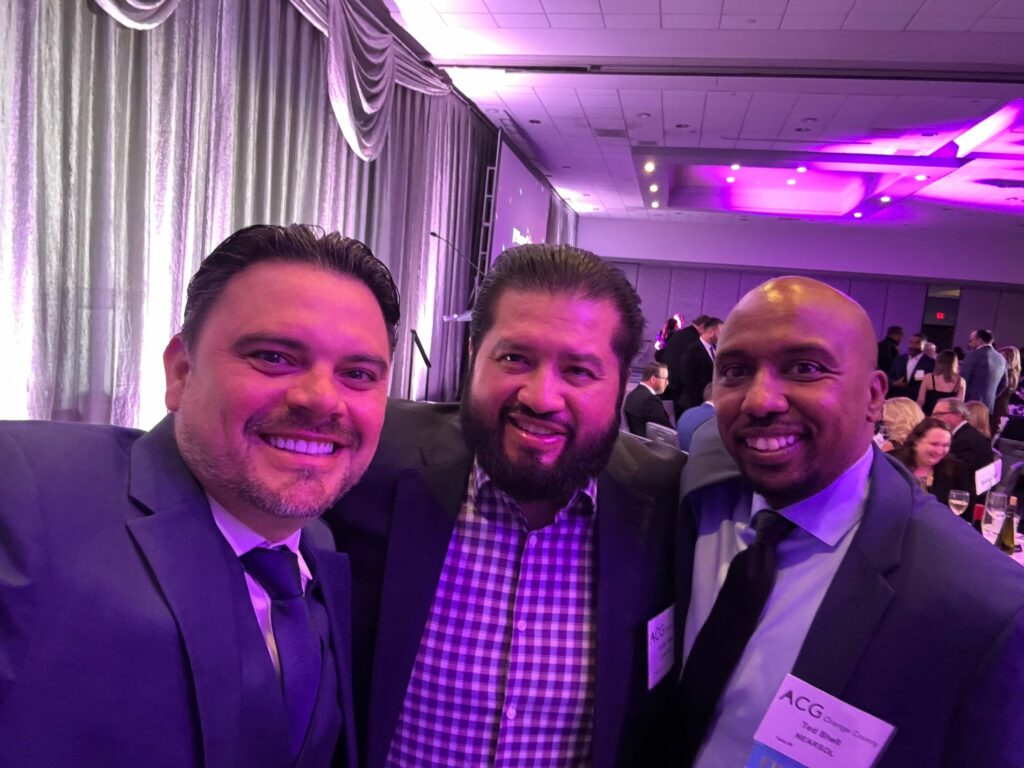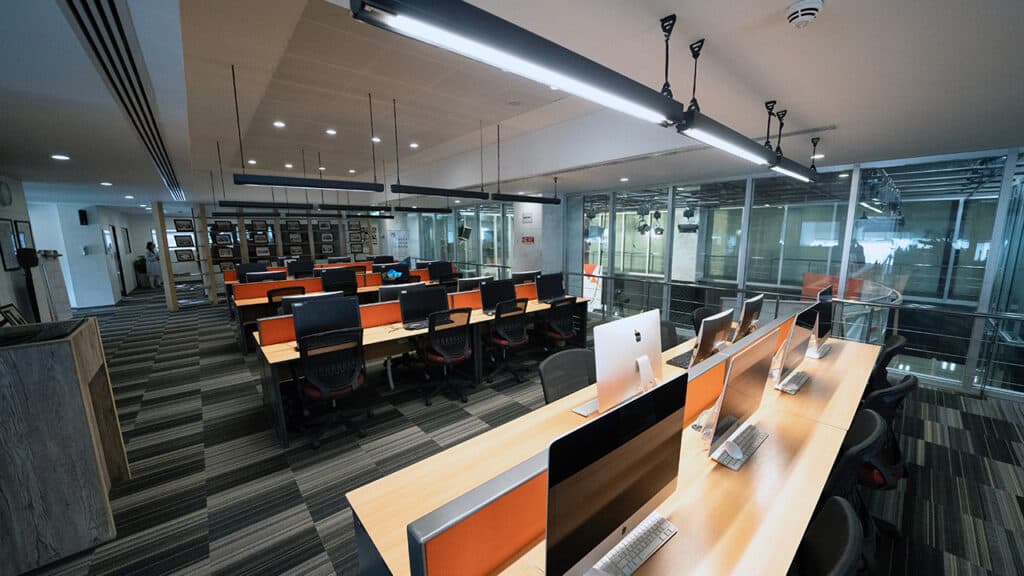In many of my articles about the Covid-19 pandemic, and how the customer service industry has embraced work-from-home (WFH) as an operating model, I have often talked about the need to embrace a new type of culture. Corporate culture can sometimes be hard to define so it often sounds vague to say that culture needs to change or improve – what does that really mean?
There are some great guidelines out there. WFH was already a well-researched topic and even in the present fast-changing environment there has been around for 12 months of experience to draw on. Here are a few ideas that I’ve seen documented in various business journals:
- In-office employees follow the same procedures and culture: collaboration and communication should use the same tools whether you are working in the office or at home. This encourages a single type of culture where meetings and other joint activities are no different, wherever you are located.
- Cloud solutions: all your business tools and systems should be available from anywhere. This makes good sense anyway, because if you had a fire at the office you would not want to lose your corporate email system – cloud-based tools ensure that any team member can access all the same tools from anywhere.
- Document everything: this is because remote workers can’t just go and ask how things work around here – you need more processes documented and easily available for everyone.
- Define roles and responsibilities: it’s easier in person because a manager can coach the team member, but with remote teams the management team has to be more explicit – setting goals and making responsibilities really clear.
- Clear metrics: as above, on-the-job coaching is harder when people work remotely so a part of managing responsibilities and expectations is also making it clear what great looks like – how are we going to determine if you are doing a great job? Define it and make it clear to everyone on the team.
These are all really valid and useful points, especially the transparency around metrics and responsibilities. In my experience, this is one of the biggest challenges for managers moving from an office environment into a distributed team. They can no longer rely on constant supervision and coaching to make it obvious what is expected – it must be defined and shared.
I would add an important point though and that is inclusivity. You need to include everyone on the team in everything that is taking place. A team meeting has to be available to those in the office and those working remotely. It’s not difficult these days using Google Meet, Zoom or Teams and in many cases all team members will use exactly the same tools to participate.
This inclusivity needs to extend to social activities as well. It’s important to demonstrate that everyone on the team is valued and there is not a twin-track where some team members spend more time with the boss and share a beer after work, compared to some who never get access to their manager outside of formal meetings. You need to work hard to avoid this parallel culture developing in the first place, because it’s easy to make this mistake if some people are back in the office.
I think that an ideas-sharing platform also helps to build strong bonds between team members because it allows team members at every level to share ideas and suggestions without it needing to pass up the normal hierarchy of management. People at all levels of the business can have great ideas. If your manager doesn’t agree with your idea then that shouldn’t be the end of it – others may share your view. This type of system is even more valuable in a distributed workforce, where it’s harder to share ideas casually and it may never happen in a more formal meeting.
Let me know some of your own ideas about making a WFH culture a more permanent feature of customer services in the near future. Leave a comment here or get in touch via my LinkedIn.





